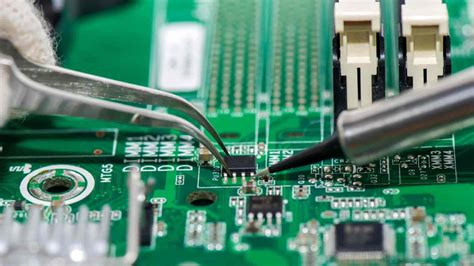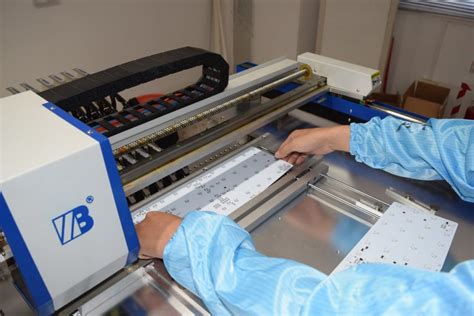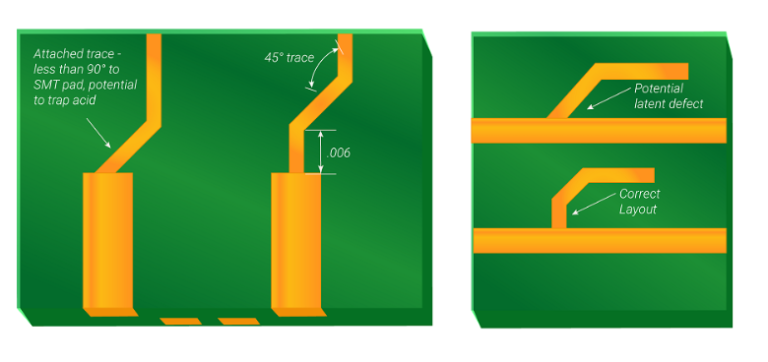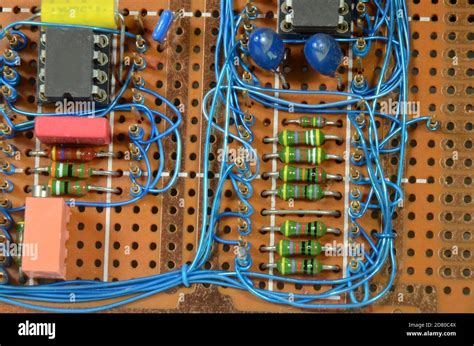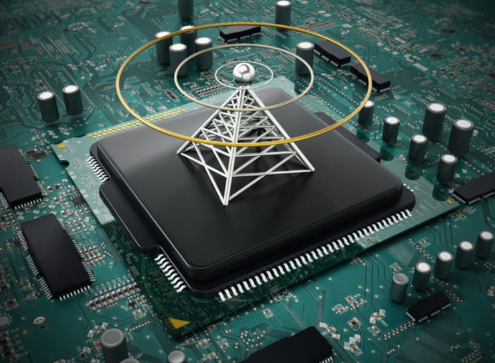PCB FR-4: The Backbone of Modern Electronics
Introduction
Printed Circuit Boards (PCBs) are the foundation of nearly all modern electronic devices, from smartphones and computers to medical equipment and aerospace systems. Among the various materials used in PCB manufacturing, FR-4 stands out as the most widely used substrate. Its excellent electrical insulation, mechanical strength, and thermal stability make it the material of choice for a vast range of applications.
This article explores FR-4 in detail, covering its composition, properties, advantages, limitations, and applications. By the end, readers will have a comprehensive understanding of why FR-4 remains the dominant material in PCB fabrication.
1. What is FR-4?
FR-4 (Flame Retardant 4) is a glass-reinforced epoxy laminate used as the insulating substrate in PCBs. The “FR” designation indicates that the material meets flame-retardant standards (UL94-V0), while the “4” refers to the woven glass reinforcement within the epoxy resin.
Composition of FR-4
- Epoxy Resin: Provides adhesion and electrical insulation.
- Woven Fiberglass: Enhances mechanical strength and dimensional stability.
- Flame Retardants (typically brominated compounds): Ensures compliance with fire safety standards.
- Fillers & Additives: Improve thermal and electrical properties.
FR-4 is available in various grades, including:
- Standard FR-4 – Basic electrical and mechanical properties.
- High-Tg FR-4 – Better thermal resistance (Tg > 170°C).
- Halogen-Free FR-4 – Environmentally friendly alternative.
- High-Frequency FR-4 – Optimized for RF/microwave applications.
2. Key Properties of FR-4
A. Electrical Properties
- Dielectric Constant (Dk): ~4.3–4.8 (at 1 MHz)
- Stable across a wide frequency range, making it suitable for many applications.
- Dissipation Factor (Df): ~0.02
- Low signal loss, though not ideal for ultra-high-frequency designs.
- Insulation Resistance: >10⁴ MΩ
- Prevents leakage currents between traces.
B. Mechanical Properties
- Tensile Strength: ~70–100 MPa
- Strong enough for rigid PCB applications.
- Flexural Strength: ~350–450 MPa
- Resists bending and warping during assembly.
- Young’s Modulus: ~24 GPa
- Provides structural rigidity.
C. Thermal Properties
- Glass Transition Temperature (Tg): 130–180°C
- Higher Tg grades (170°C+) are used in lead-free soldering.
- Decomposition Temperature (Td): >300°C
- Prevents degradation during soldering.
- Coefficient of Thermal Expansion (CTE):
- X/Y axis: 12–16 ppm/°C
- Z axis: 50–70 ppm/°C (higher due to resin expansion).
D. Flame Resistance
- Meets UL94-V0 standard, meaning it self-extinguishes within 10 seconds after flame removal.
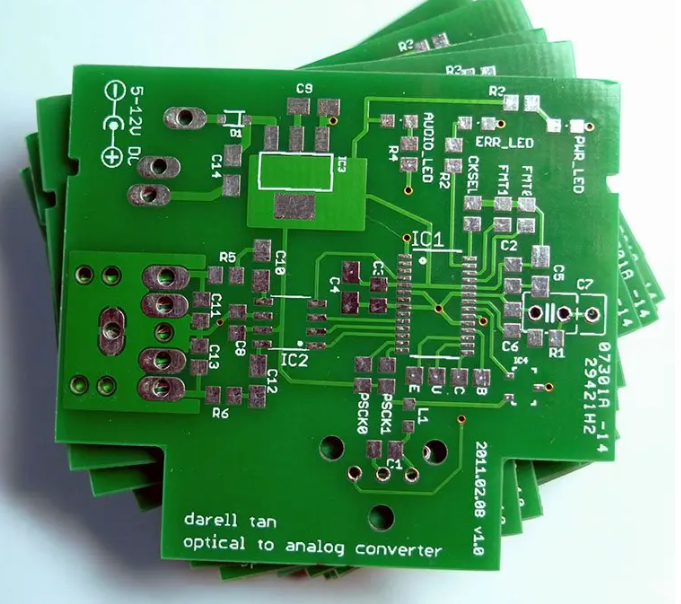
3. Advantages of FR-4
- Cost-Effective
- Cheaper than specialized materials like Rogers or PTFE-based laminates.
- Excellent Balance of Properties
- Good electrical insulation, mechanical strength, and thermal stability.
- Wide Availability
- Manufactured by multiple suppliers globally (Isola, Shengyi, Panasonic, etc.).
- Ease of Fabrication
- Compatible with standard PCB manufacturing processes (etching, drilling, plating).
- Reliable Performance
- Proven track record in consumer electronics, automotive, and industrial applications.
4. Limitations of FR-4
Despite its widespread use, FR-4 has some drawbacks:
- Limited High-Frequency Performance
- Higher Dk and Df compared to specialized RF materials (e.g., Rogers 4350B).
- Moisture Absorption
- Can absorb up to 0.1–0.2% moisture, affecting dielectric properties.
- Thermal Limitations
- Standard FR-4 may delaminate under extreme thermal cycling.
- Not Ideal for Flexible PCBs
- Rigid by nature; polyimide is preferred for flex circuits.
5. Applications of FR-4 PCBs
FR-4 is used in nearly all sectors of electronics, including:
A. Consumer Electronics
- Smartphones, laptops, TVs, and gaming consoles.
B. Industrial Electronics
- Motor controllers, power supplies, and automation systems.
C. Automotive Electronics
- Engine control units (ECUs), infotainment systems, and sensors.
D. Medical Devices
- MRI machines, patient monitors, and diagnostic equipment.
E. Aerospace & Defense
- Avionics, radar systems, and communication devices (with high-Tg variants).

6. FR-4 vs. Alternative PCB Materials
| Property | FR-4 | Rogers 4350B | Polyimide | PTFE (Teflon) |
|---|---|---|---|---|
| Dielectric Constant (Dk) | 4.3–4.8 | 3.48 | 3.5 | 2.1 |
| Dissipation Factor (Df) | 0.02 | 0.0037 | 0.002 | 0.0004 |
| Thermal Conductivity (W/mK) | 0.3 | 0.6 | 0.2 | 0.25 |
| Max Operating Temp. | 130–180°C | >200°C | >260°C | >260°C |
| Cost | Low | High | Moderate | Very High |
When to choose FR-4?
- For cost-sensitive, general-purpose PCBs.
- When high-frequency performance is not critical.
When to choose alternatives?
- Rogers 4350B: High-frequency RF designs.
- Polyimide: High-temperature or flexible PCBs.
- PTFE: Ultra-low-loss microwave applications.
7. Future Trends in FR-4 Technology
- Halogen-Free FR-4
- Growing demand for eco-friendly PCBs (RoHS/REACH compliant).
- Improved High-Tg Formulations
- Better thermal performance for advanced electronics.
- Low-Loss FR-4 for 5G
- Modified versions with reduced Dk/Df for mmWave applications.
- Hybrid PCBs
- Combining FR-4 with high-speed materials for mixed-signal designs.
8. Conclusion
FR-4 remains the most widely used PCB material due to its excellent balance of electrical, mechanical, and thermal properties at a reasonable cost. While it may not be suitable for ultra-high-frequency or extreme-temperature applications, ongoing advancements in FR-4 formulations continue to expand its capabilities.
For most consumer, industrial, and automotive applications, FR-4 is the ideal choice, ensuring reliable performance while keeping production costs low. As technology evolves, we can expect further refinements in FR-4 to meet the demands of next-generation electronics.


